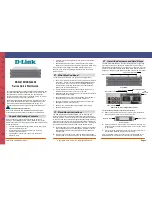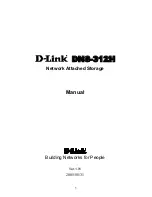Reviews:
No comments
Related manuals for HT45F4050

DSN-4100 Series
Brand: D-Link Pages: 2

RS-1600-FC-FFX2
Brand: Xyratex Pages: 82

SecurePRO
Brand: FDiSK Pages: 25

WB602201
Brand: Frontier Pages: 6

3P05-PCR-LE
Brand: Kikusui Pages: 6

G-SPEED SHUTTLE with Thunderbolt 3
Brand: G-Technology Pages: 8

FlashPen
Brand: Hama Pages: 8

H4TR2R
Brand: Husky Pages: 7

MiniStation HD-PFU2 Series
Brand: Buffalo Pages: 94

DNS-312H
Brand: D-Link Pages: 69

ShareCenter Pro DNS-1200-05
Brand: D-Link Pages: 170

WiDRIVE
Brand: EDSLab Pages: 24

8x12 SpaceMaker
Brand: OLT Pages: 46

04287-65000
Brand: Agilent Technologies Pages: 14

ADW02US
Brand: Targus Pages: 4

GS84-S-FJ-Metal
Brand: OLT Pages: 39

GardenSaver GS124-SLIDER-PLY-AK
Brand: OLT Pages: 40

CN-390
Brand: Coolmax Pages: 31

















